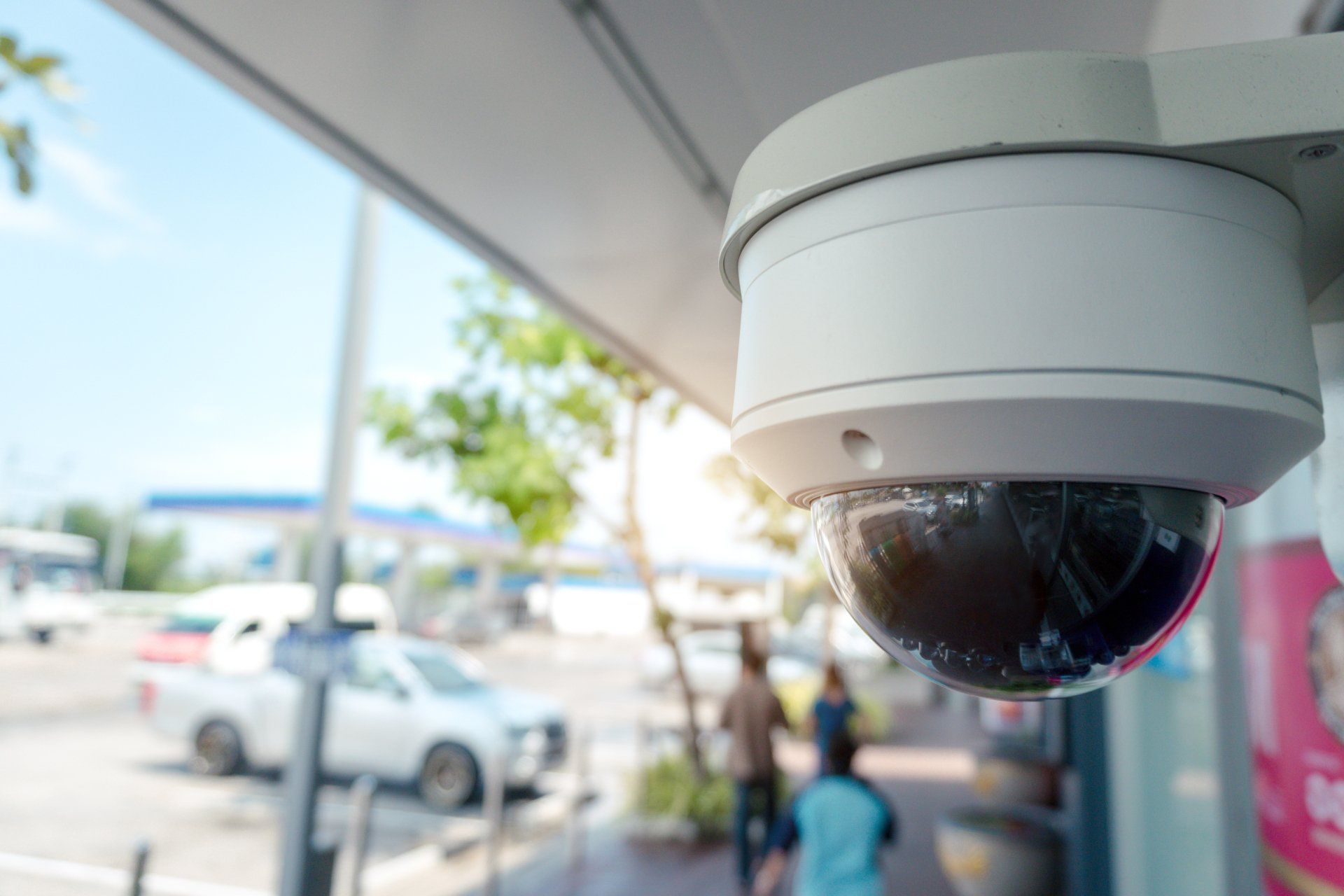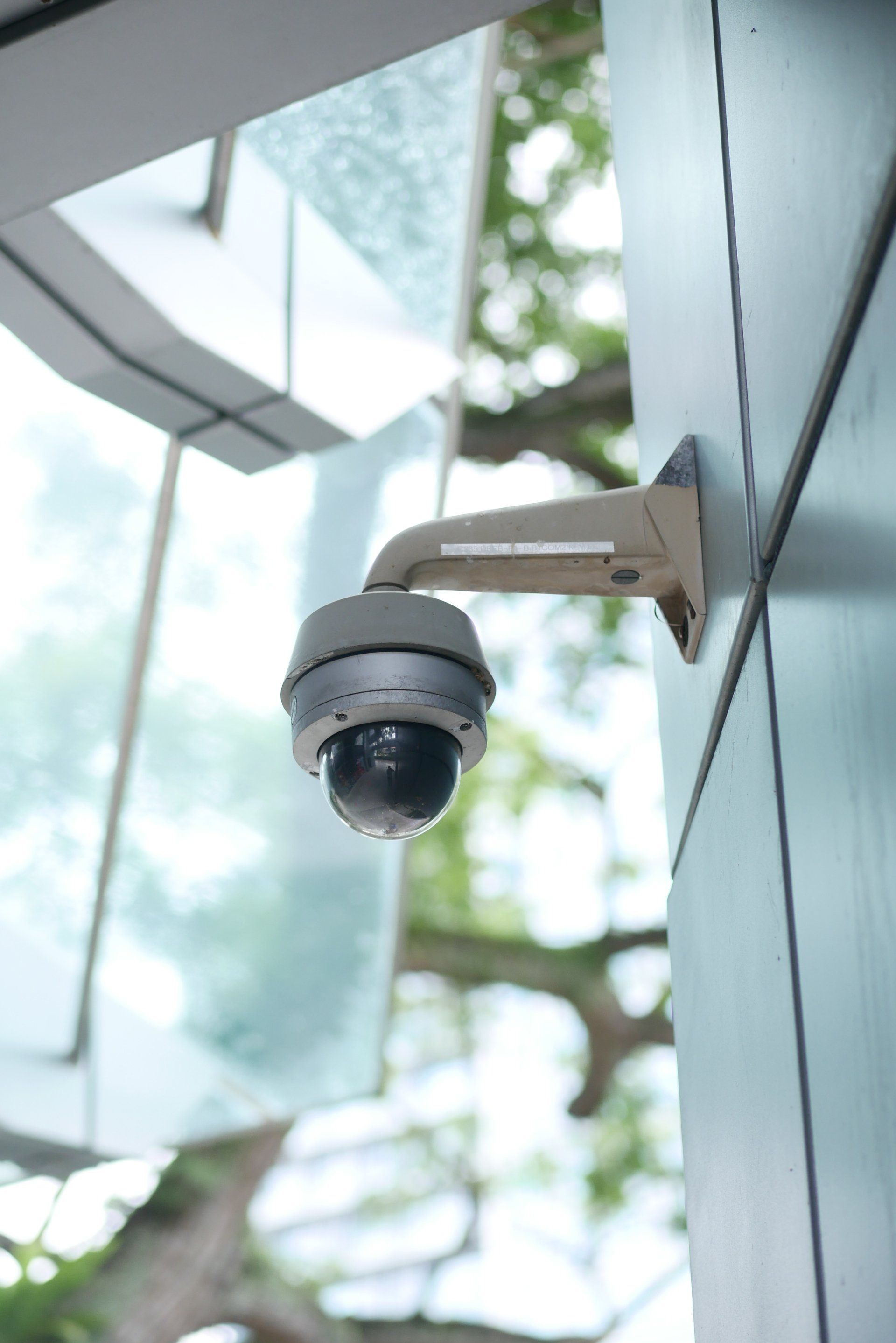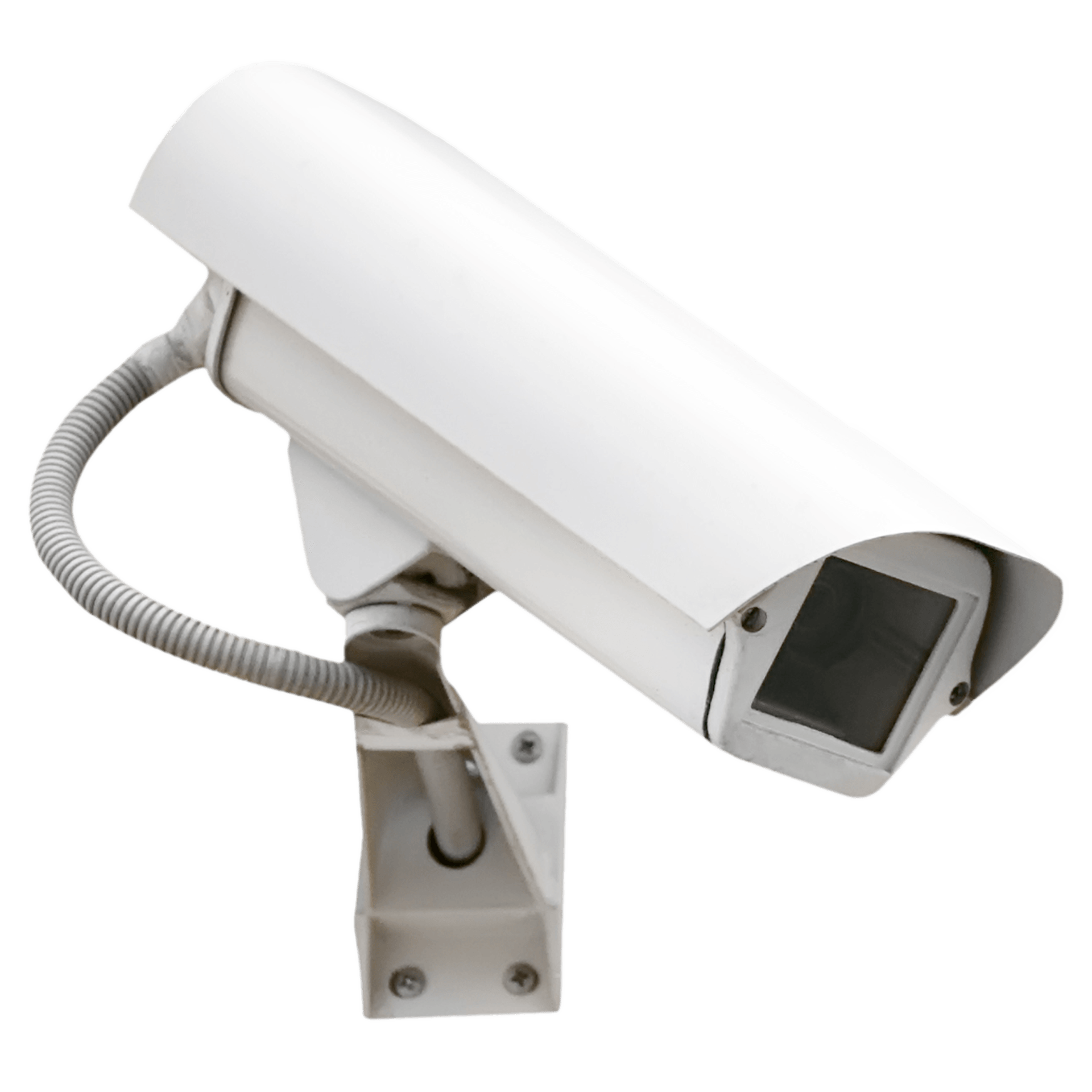The Evolution of Biometric Security Solutions: Safeguarding Your Digital Identity
The Dawn of Digital Defense: A Look into Biometric Beginnings
The concept of biometric security solutions is no longer confined to the realms of science fiction or high-security governmental facilities. Biometrics, derived from the Greek words 'bios' (life) and 'metron' (measure), refers to the unique physical and behavioral characteristics that can be used to identify individuals. These distinguishing traits have become the cornerstone of modern security, providing a method of identification that is much harder to forge or steal than traditional passwords or PINs.
The evolution of biometric technology began with fingerprint recognition, a technique that has been used in forensic science for over a century. The leap from ink and paper to digital scanners revolutionized the way fingerprints could be used for identification, leading to widespread adoption in various sectors.
Biometric Breakthroughs: From Fingerprints to Faces
As technology advanced, so did the scope and capabilities of biometric security solutions. Facial recognition, iris scanning, voice recognition, and even heart-rate sensors have all been employed to ensure that the person accessing a system is indeed who they claim to be. These methods, each with their unique advantages, have expanded the biometric repertoire, offering robust security measures for a multitude of applications.
Facial recognition technology, in particular, has seen significant advancements. Utilizing sophisticated algorithms and high-definition cameras, it can now analyze hundreds of facial features to create a digital map that is as unique as a fingerprint. This technology has been embraced by law enforcement and security agencies worldwide for its ability to quickly identify individuals in large crowds or public spaces.
Integrated Intelligence: The Rise of Multi-Modal Biometrics
The evolution of biometric security solutions has taken a collective leap forward with the advent of multi-modal biometric systems. These systems combine two or more biometric identifiers, such as fingerprints and facial recognition, to create layers of security that are exceedingly difficult to bypass. Multi-modal systems are particularly useful in high-security areas, where the risk of unauthorized access must be minimized to the greatest extent possible.
Banking on Biometrics: Financial Sector Fortification
One of the most prominent adopters of biometric technology has been the financial sector. Banks and financial institutions have integrated biometric authentication methods to safeguard against fraud and enhance customer experience. From fingerprint-enabled ATM withdrawals to voice recognition in customer service calls, biometrics have provided a secure and convenient alternative to traditional security measures.
Personal Touchpoints: Biometric Security in Consumer Electronics
The proliferation of biometric security solutions has permeated personal technology as well. Smartphones and tablets now routinely feature fingerprint scanners and facial recognition capabilities, allowing users to unlock devices and authorize payments with a simple touch or glance. This convenience has significantly boosted the popularity and acceptance of biometrics among the general populace.
Regulatory Rigor: Ensuring Ethical Use of Biometrics
Despite the benefits, the use of biometrics has raised important questions regarding privacy and ethics. Governments and regulatory bodies worldwide have been grappling with creating frameworks that prevent the misuse of biometric data. Regulations such as the General Data Protection Regulation (GDPR) in the European Union have set strict guidelines on how personal data, including biometric information, can be collected, stored, and processed.
Future Frontiers: Biometric Security Solutions in Tomorrow's Tech
Looking to the future, biometric security solutions are set to become even more sophisticated. Innovations such as behavioral biometrics, which analyze patterns in behavior such as keystroke dynamics or gait, are on the horizon. These cutting-edge technologies could offer even more seamless and unobtrusive methods of identification, further securing our digital identities.
Conclusion: The Pinnacle of Personal Protection
Biometric security solutions represent the cutting edge of personal protection in the digital age. As we continue to intertwine our lives with technology, the role of biometrics in safeguarding our digital identity will only grow in importance. While challenges remain, particularly in the realms of privacy and ethics, the benefits of biometric security in providing a reliable and user-friendly form of authentication are undeniable. The evolution of these solutions is a testament to the ingenuity of human innovation in our quest for security and peace of mind in an increasingly interconnected world.
FAQs
1. What are biometric security solutions?
Biometric security solutions utilize unique physical or behavioral characteristics, such as fingerprints, facial recognition, and voice patterns, for identification and authentication purposes.
2. How did biometric security evolve?
The evolution began with fingerprint recognition and expanded to include facial recognition, iris scanning, and voice recognition, among other methods, to enhance security measures.
3. What is multi-modal biometric security?
Multi-modal biometric security refers to systems that use two or more biometric identifiers, enhancing security by making unauthorized access significantly more difficult.
4. How is biometric technology used in the financial sector?
Banks and financial institutions employ biometrics for various purposes, including ATM access and customer service, to prevent fraud and improve user experience.
5. What are the ethical considerations of biometric security?
The use of biometrics raises questions about privacy and data protection, prompting the need for regulations like the GDPR to ensure ethical handling of biometric data.

All Rights Reserved | Caveman Security | Privacy Policy



